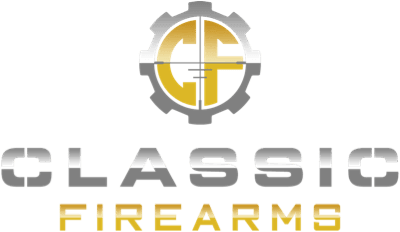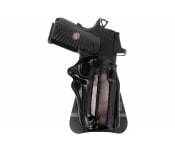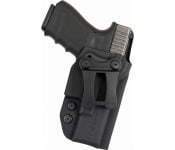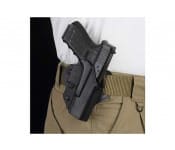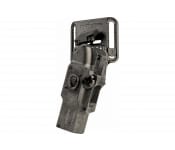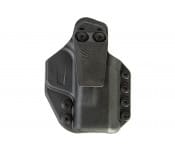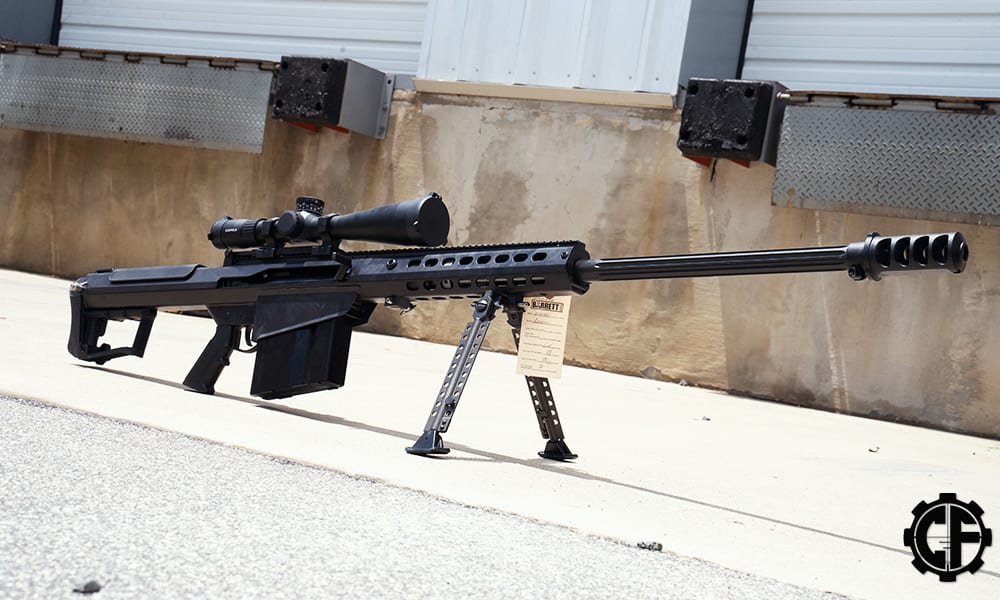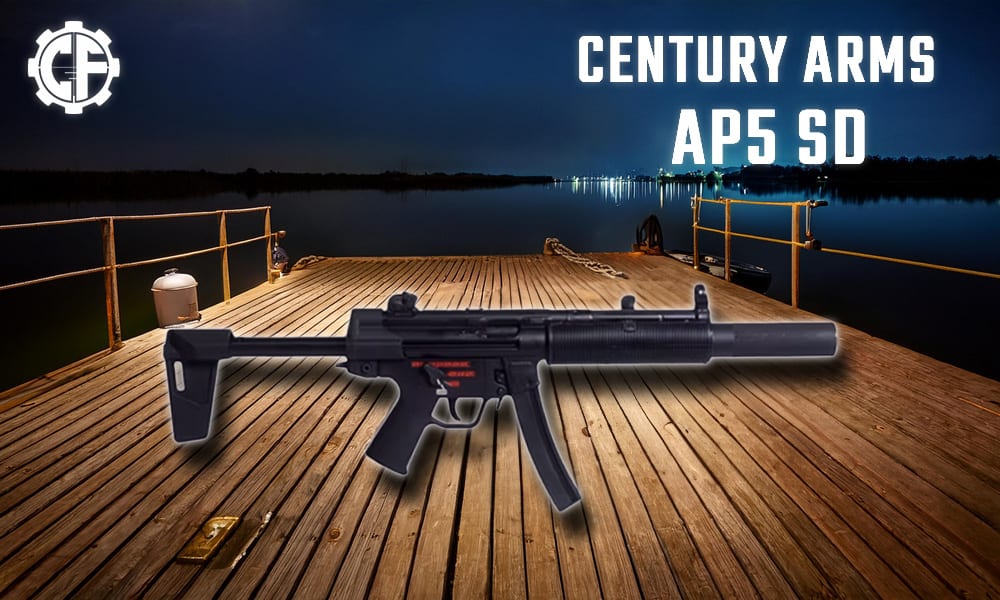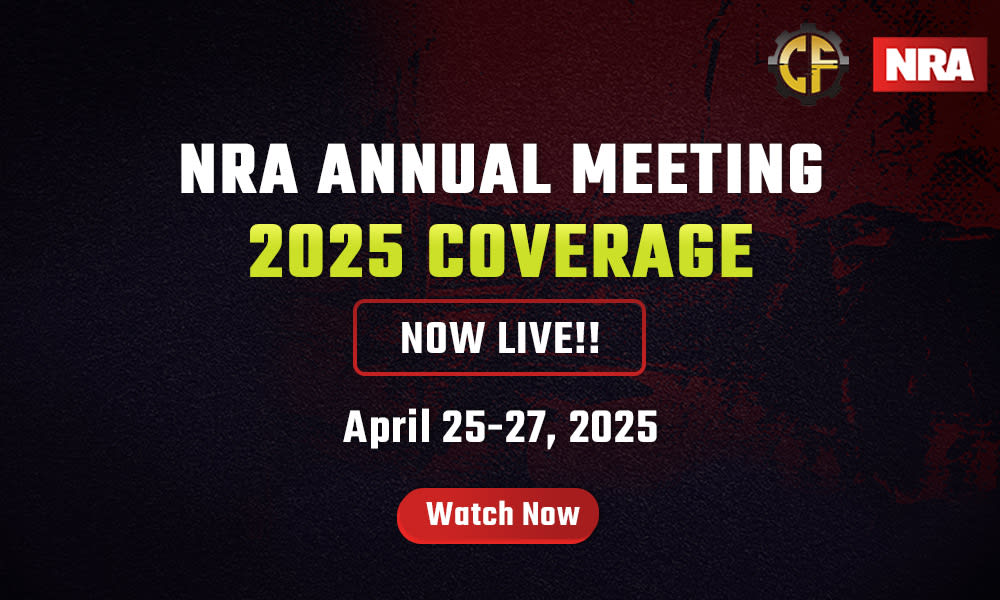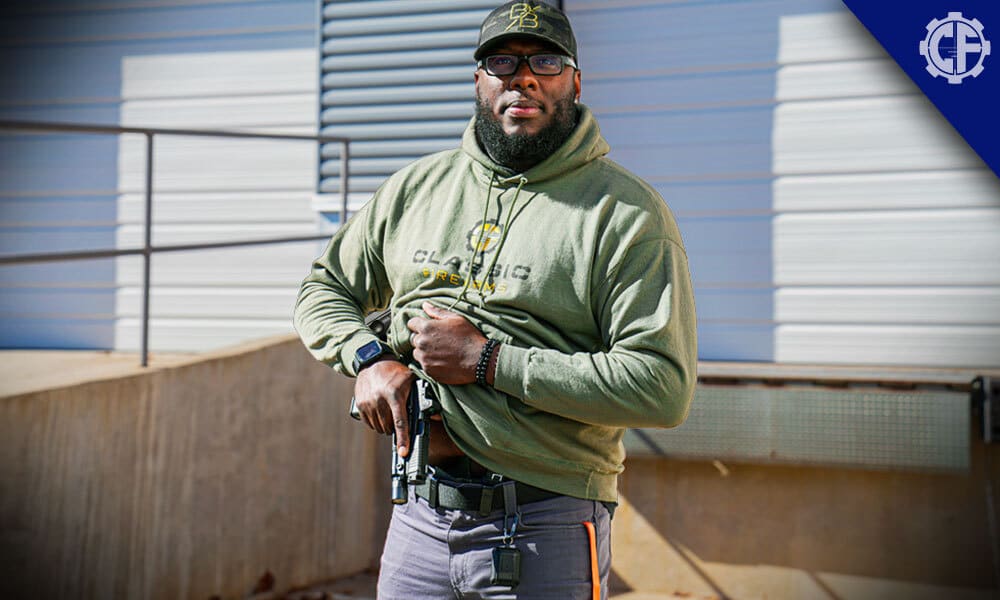
The True History Of Quick Draw
Most historians agree that accounts of famous gunslingers and outlaws have been exaggerated to the point of hyperbole. In reality, most killings were perpetrated on the sly, with victims being ambushed or shot in the back.
Recorded incidents of two individuals squaring off for a quick draw dual are exceedingly rare. However, this is not to say that being able to efficiently deploy your handgun in a defensive shooting is not incredibly important.
Rather, the visual and auditory cues or "go signals" to draw your firearm will occur much faster and more subtly than you might expect. Most shootings do not begin with a standoff due to the simple fact that the aggressor typically strikes from a position of advantage, with their gun already in hand.
Lessons For Modern Self Defenders
If you carry a concealed handgun on your person, understand that you are not looking for a thug-like caricature to block your path before spitting at your feet and slowly inching their hand towards a pistol tucked in the waistband. Real gunfights are fast and brutally violent, so you will most likely be reacting instead of initiating the confrontation.
Your response will be delayed by the processing of information, recognizing the threat, and finally taking steps to address the imminent danger. To improve your response time, you can practice good situational awareness and work on achieving the fastest possible draw to first shot time.
How Quick Should Your EDC Draw Be?
We train for an optimal draw time of one second or less, with 1.5 seconds being the absolute slowest acceptable draw time for concealed carry. Remember, the objective is to overcome an attacker who is already drawing their weapon or has a weapon in hand - so saving fractions of a second can have a meaningful impact on a successful outcome.
Training Tips
To improve your speed, practice each stage of the draw deliberately and with proper technique. Start by sweeping your cover garment to attain unobstructed access to your firearm before preparing to index the firearm with a positive master grip. Finally, unholster your pistol while adding your support hand at chest level, then push out towards the target. All that's left is to obtain a clear sight picture and squeeze the trigger.
Repeat each step individually as many times as it takes to execute correctly and consistently. When you're ready, combine all steps and begin timing yourself with a shot timer to measure the results. Regular practice should produce incremental improvements until you are satisfied with your draw time.
More Concealed Carry Considerations
Carry position, holster selection, and clothing choice can all factor into your drawstroke as well. It's always a good idea to evaluate your gear before making it a permanent part of your EDC loadout. To learn more about what and how we carry, be sure to watch our CCW training video below.
